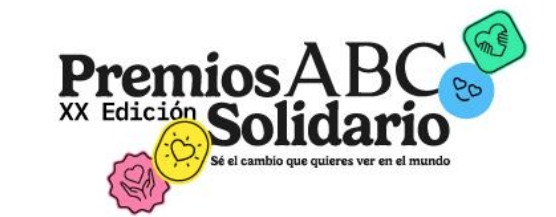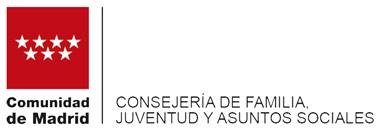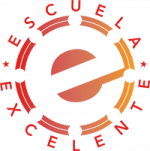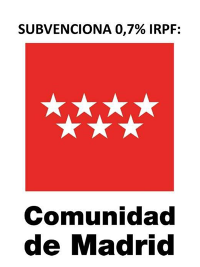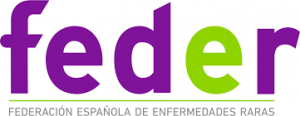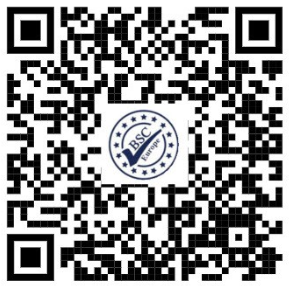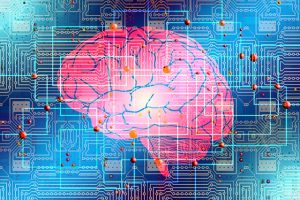
Project management
Ángel Aledo MD PhD, Carlos Anciones MD, Rafael Toledano MD, Irene García-Morales MD PhD, Juan Álvarez-Linera MD PhD, Adolfo Jiménez Huete MD PhD, Antonio Gil-Nagel MD PhD Neurology
Objectives
a) Primary objective
To assess the frequency of cortical development anomalies in patients with language development disorders using ultra-high field magnetic resonance imaging and image post-processing techniques.
b) Secondary objectives
- To analyze, in patients with language development abnormalities, the percentage of cases in which image post-processing detects modest cortical developmental anomalies that magnetic resonance visual analysis cannot detect.
- To investigate the location of cortical development abnormalities found in people with language disorders.
Methods
a) Study design and sample
This is an observational study in which individuals with developmental language disorder (DLD) will undergo ultra-high field (3 Tesla) neuroimaging as well as an analysis using image post-processing tools to detect cortical development abnormalities.
The study involves 30 patients with DLD of any age: 10 from the Ruber International Hospital’s neurology consultations and 20 from the Fundación Querer.
b) Neuroimaging and post-processing
The neuroimaging investigation will be carried out at the Ruber International Hospital’s 3 Tesla magnetic resonance equipment (Siemens Magnetom Prisma with 32 channels).
Image post-processing will be performed on the SPM12 analysis program utilizing the Morphometric Analysis Program software, version 18 (MAP18), on the MATLAB platform.
c) Schedule and economic report
The patient recruitment process will take six months. Economic recall:
- Image post-processing costs 150 euros per patient. €1800 for 12 patients
- Consumables, PCs, and software: €300
- 1500 euros for a presentation at an international conference. €3600 in total
- Administrative costs: 15% of total costs = 540 euros. €4140 in total



